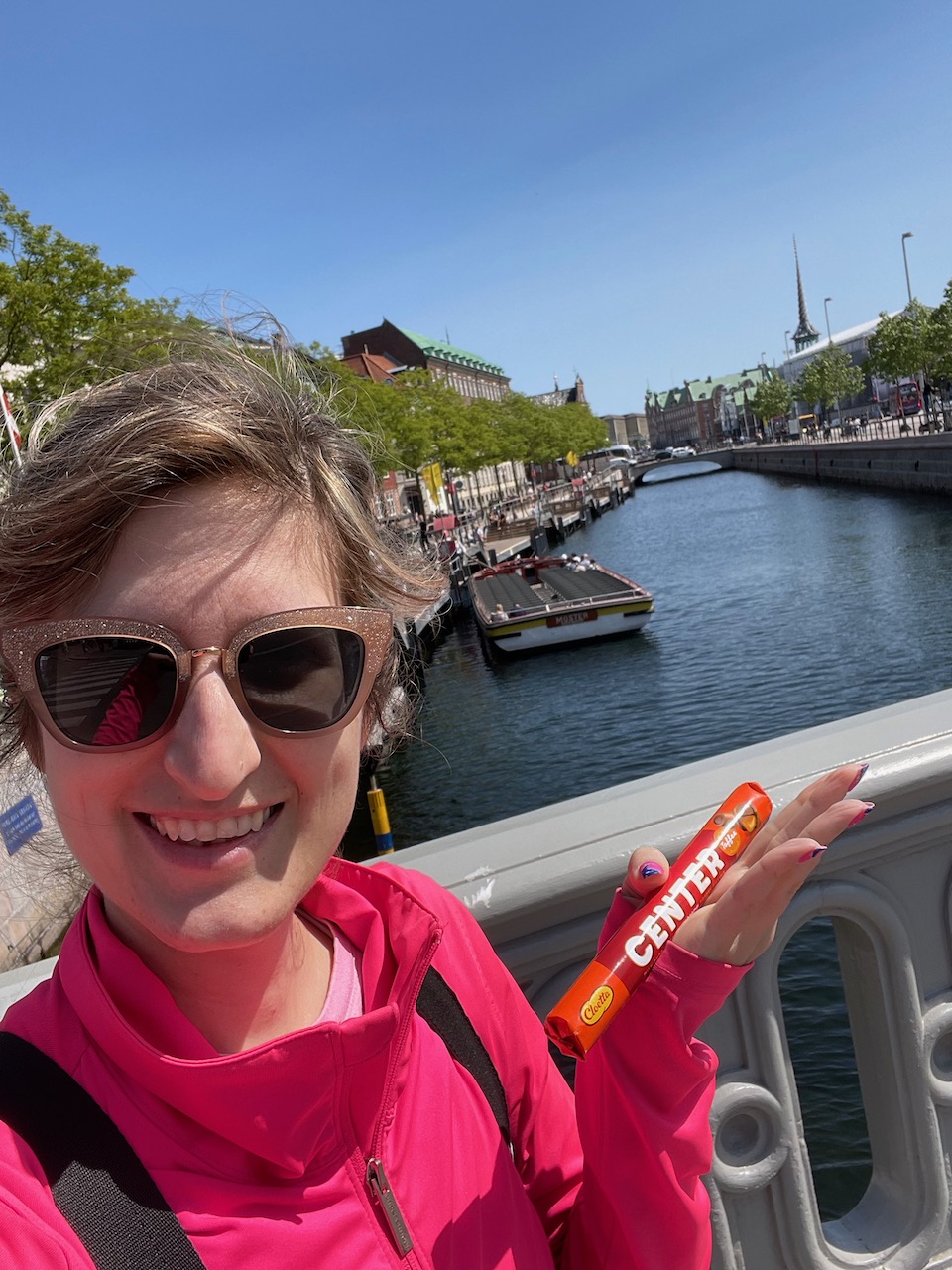Google Maps may be my friend at home, but is my sworn enemy in literally every other trip. At least we don’t have a car this time so it can tell us to turn down pedestrian-only walkways like it did in Belgium. It is about the time in the trip where Google Maps has enraged me for the last time and I swear it off, but never quite manage to do so. Really, this means that there is probably a better app I should be using for Danish transit, but at this point in the trip, I would rather complain than change my ways.
The local trains are frequently delayed and the labeling confuses me, so I’ve just learned to obey the signs on the platforms. Google is completely unaware of the delays. If these trains were in Japan, I think it would spark a rebellion. Yes, they’re very nice. And they’re also extremely tardy. At least my duolingo Danish train words are coming in clutch, because I can sometimes understand like half the announcements, which is very helpful on the local trains where no announcements in English happen.
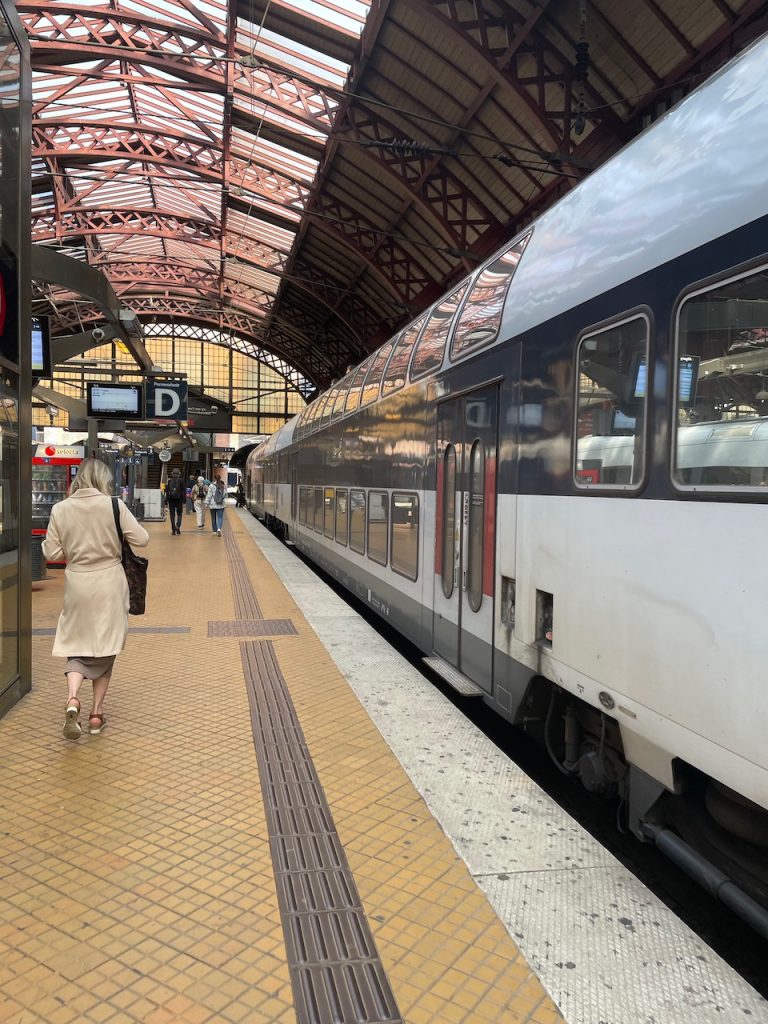
On our first day in the city, we started with a walking tour, so that we might identify the best places to hit, or at least identify the ones that were kinda meh, in the eyes of our guides. We picked the Politically Incorrect Copenhagen free tour, and really enjoyed it – it was both entertaining and educational (edutaining? entertational?).
Our highlights tour took us through the heart of Copenhagen, starting at the feet of the statue of its axe-wielding founder, Bishop Absalon, and ending just after the changing of the royal guard by the royal residence, Amalienborg and Frederiks Kirke (aka the Marble Church, which is actually not marble because they ran out of money). Fun fact about Amalienborg, you can just walk into the gift shop and use their toilets. This came in clutch several times.
The city burned down often, because of how dense and wooden it was, so there isn’t a lot of medieval architecture left in Copenhagen. Geography notwithstanding, it’s also quite flat, because for fire detection reasons, nothing could be built taller than St Nicholas church (which is no longer a church any more, but is an art gallery). Ironically, they chose to cut costs and fire the fire detection person – six weeks later, the Great Fire of Copenhagen happened, and the church burned down, with all the firefighting supplies locked in the basement. Whoops.
We enjoyed our swing past the New Port, which is mostly a charming tourist trap of restaurants and boats, and then watched the changing of the guard at the royal residence. The Queen supposedly smokes like a chimney, so her residence has the most chimneys on it. She also enjoys sports and riding roller coasters, so she seems to be quite the interesting lady.
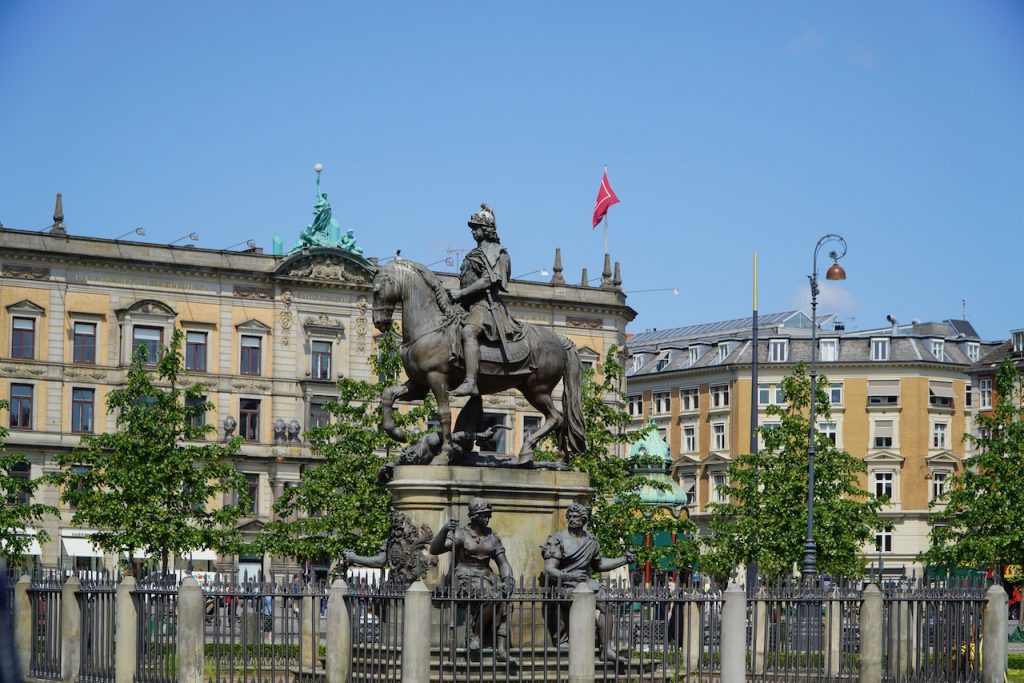
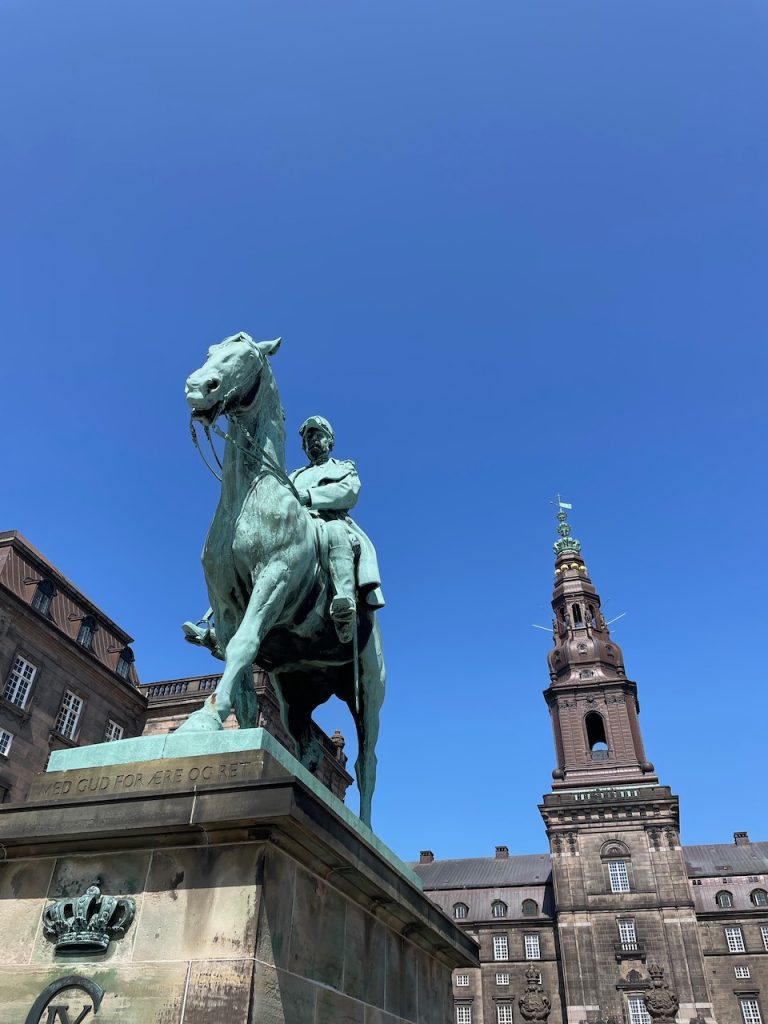
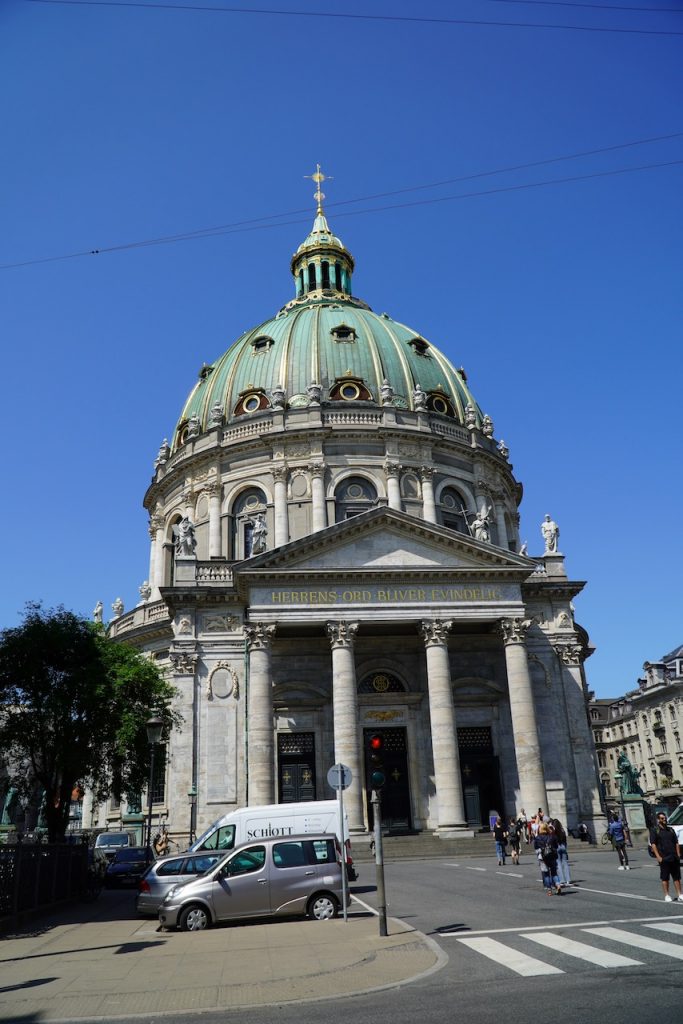
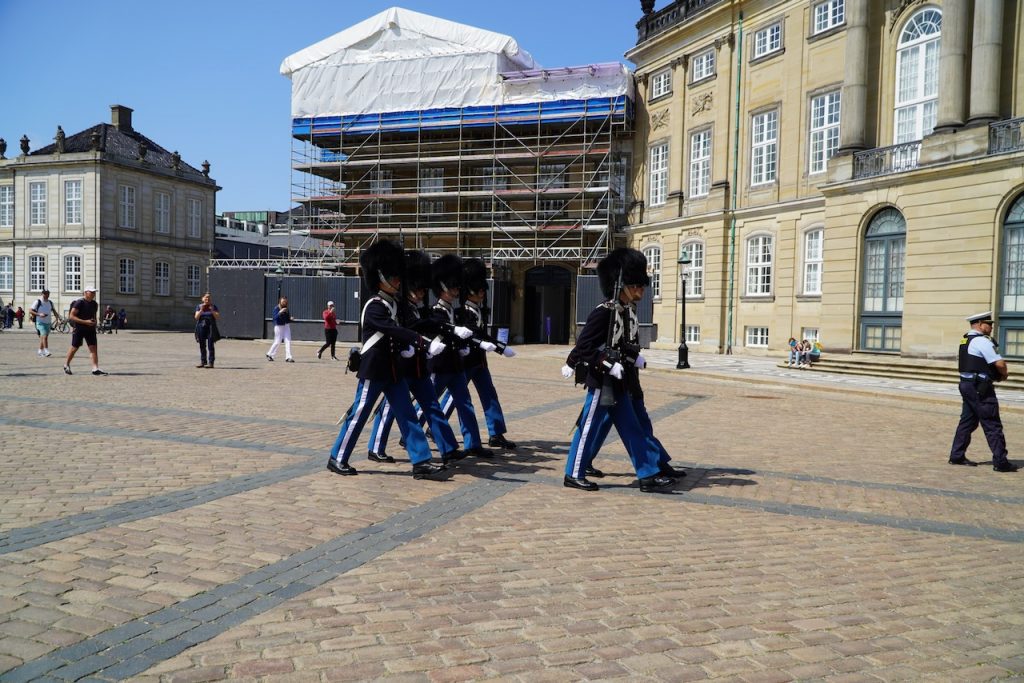
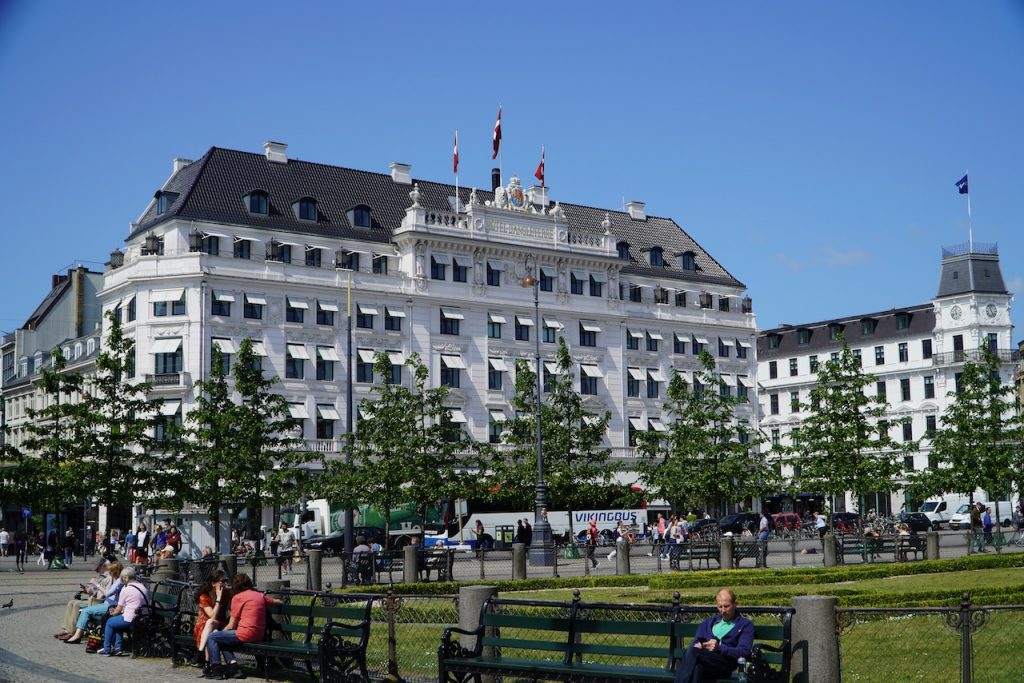
Our guides gave us a few good pointers on what else to see in the city, which meant our afternoon activity was checking out Christiansborg Palace, which was close to where we had met the guide. The palace is home to the active government today, as well as the Queen’s stables. In its basement, you can check out the foundations of the original castle – Absalon’s castle – in the 12th century. Neat!
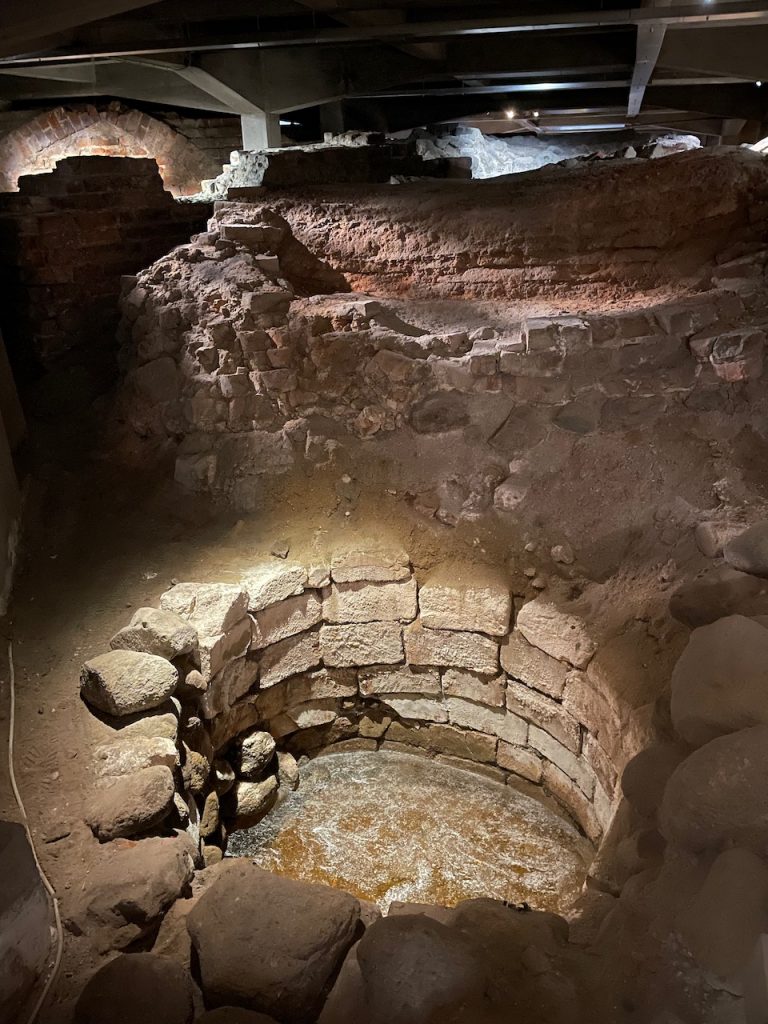
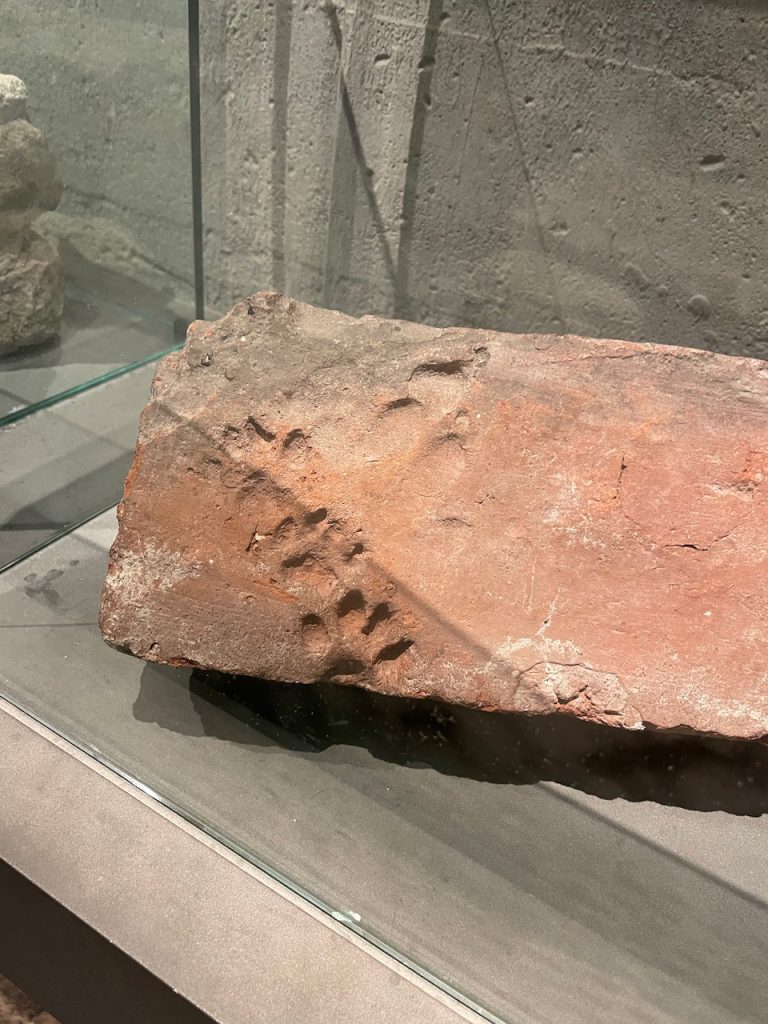
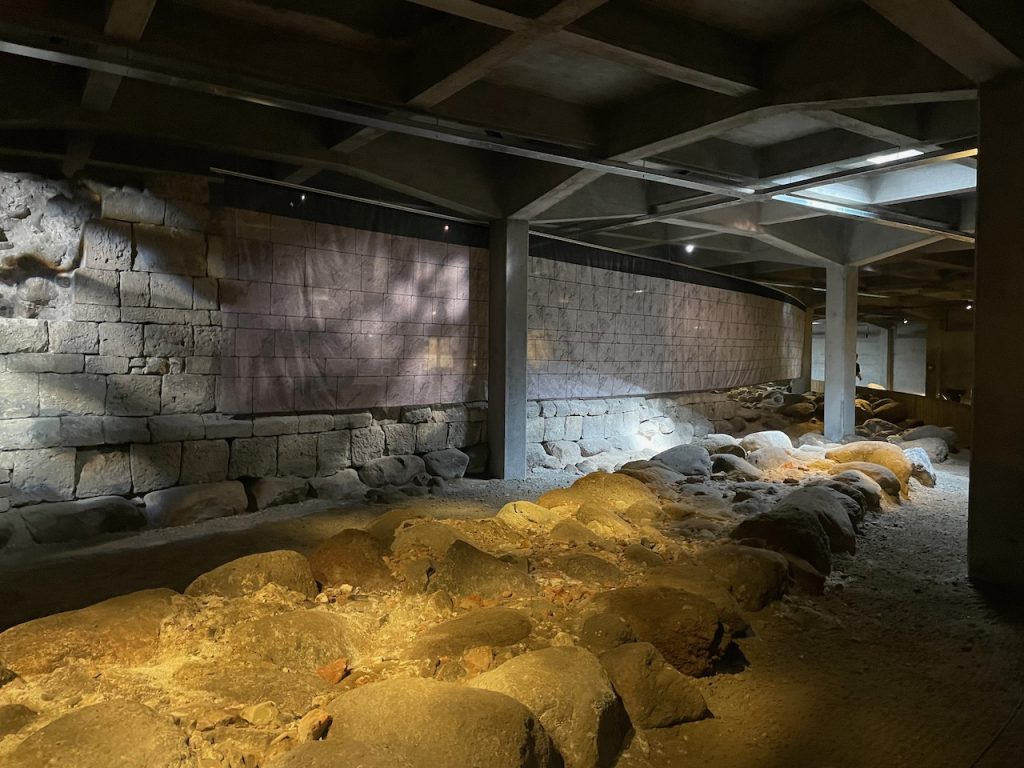
In order to go into the palace, you get to wear cool blue booties so your peasant feet don’t ruin the floors.
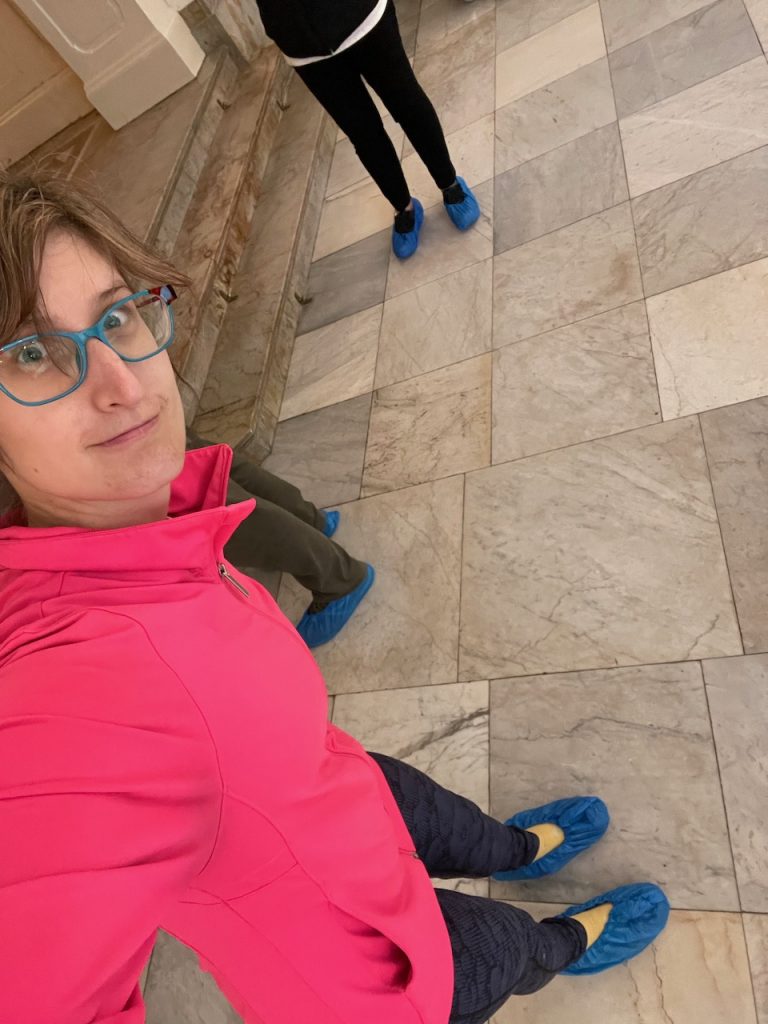
The Palace showcases room after room of Danish art, history, and present state of affairs. There is a dining table for 50 people and many of the reception rooms are used today by the royal family and other government members. The best room was definitely the library.
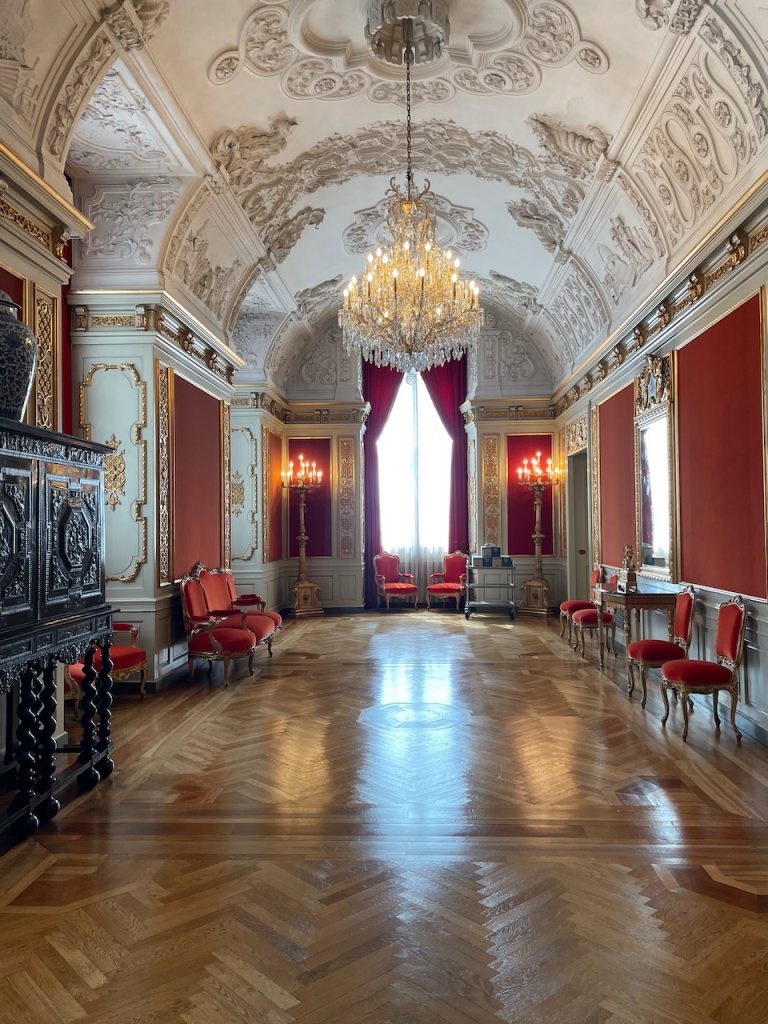
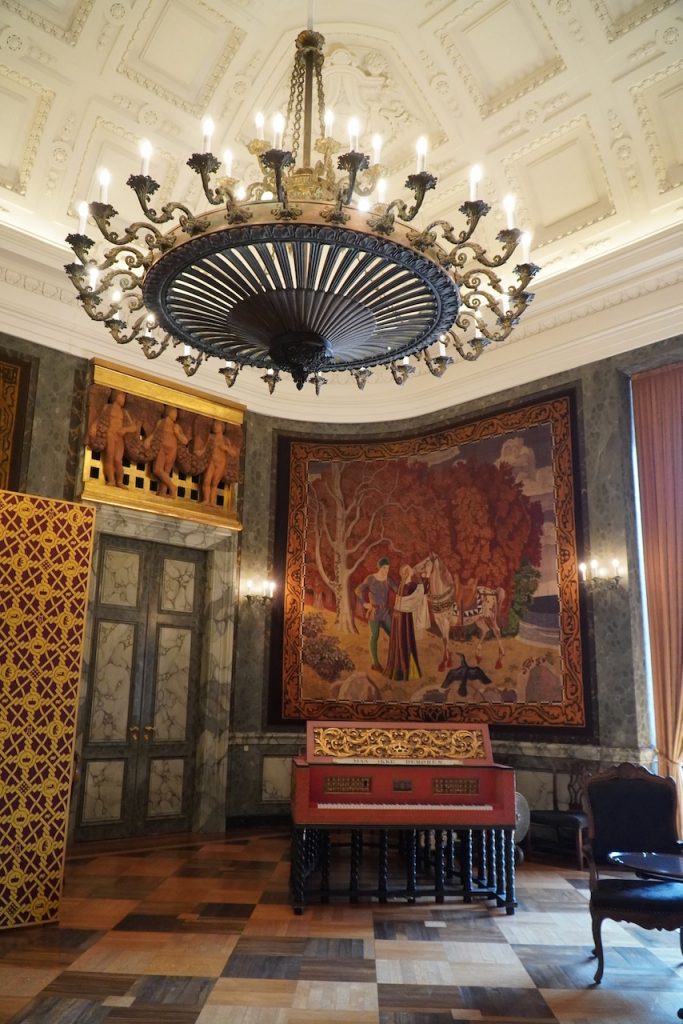
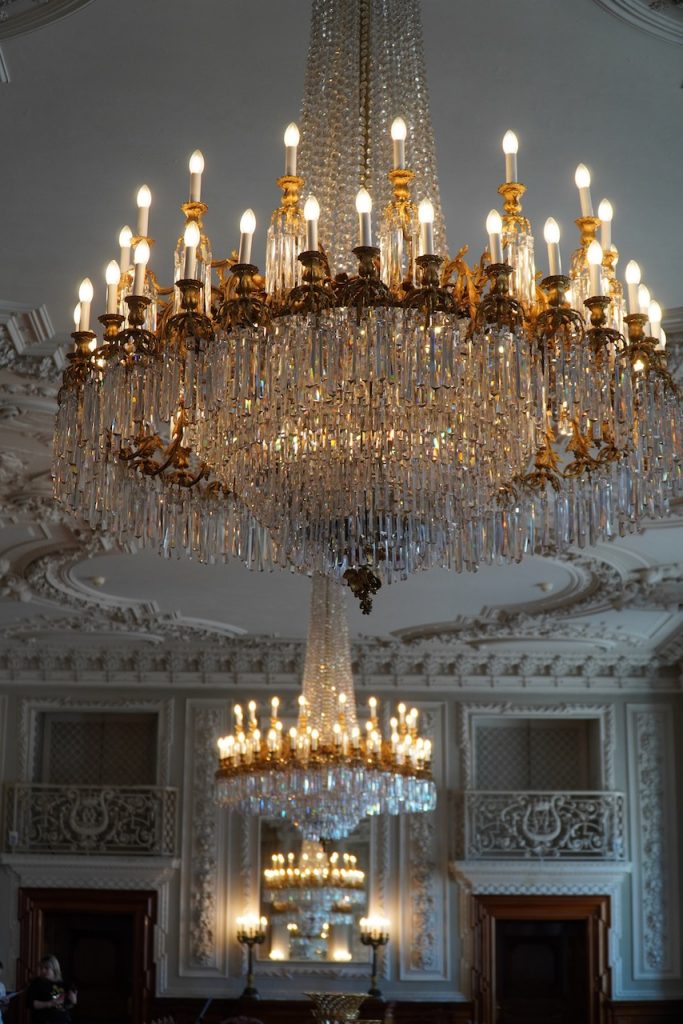
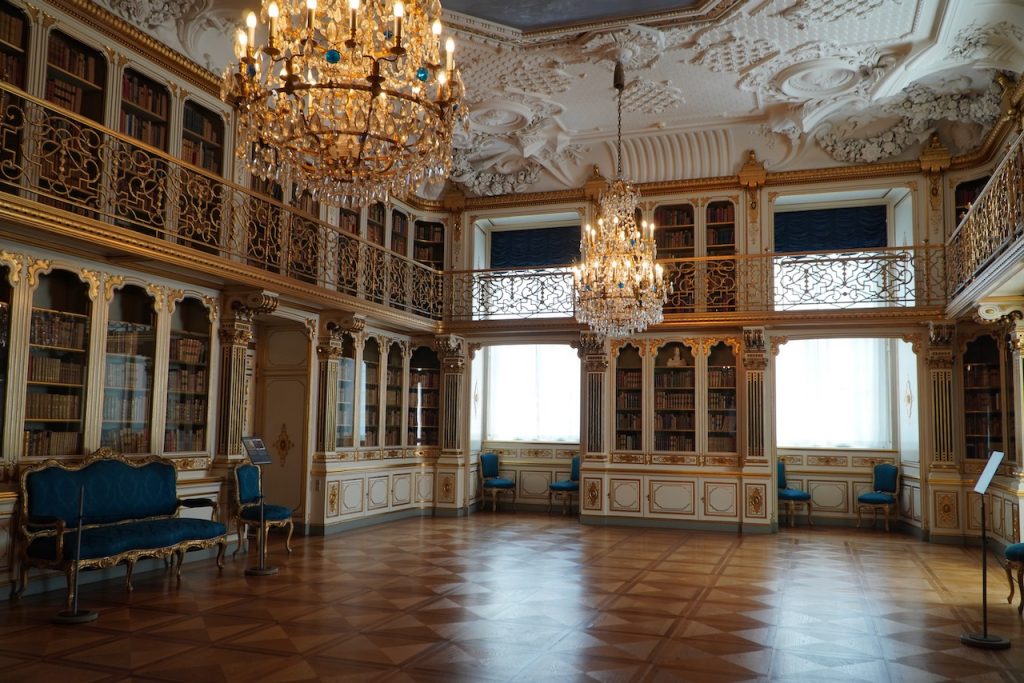
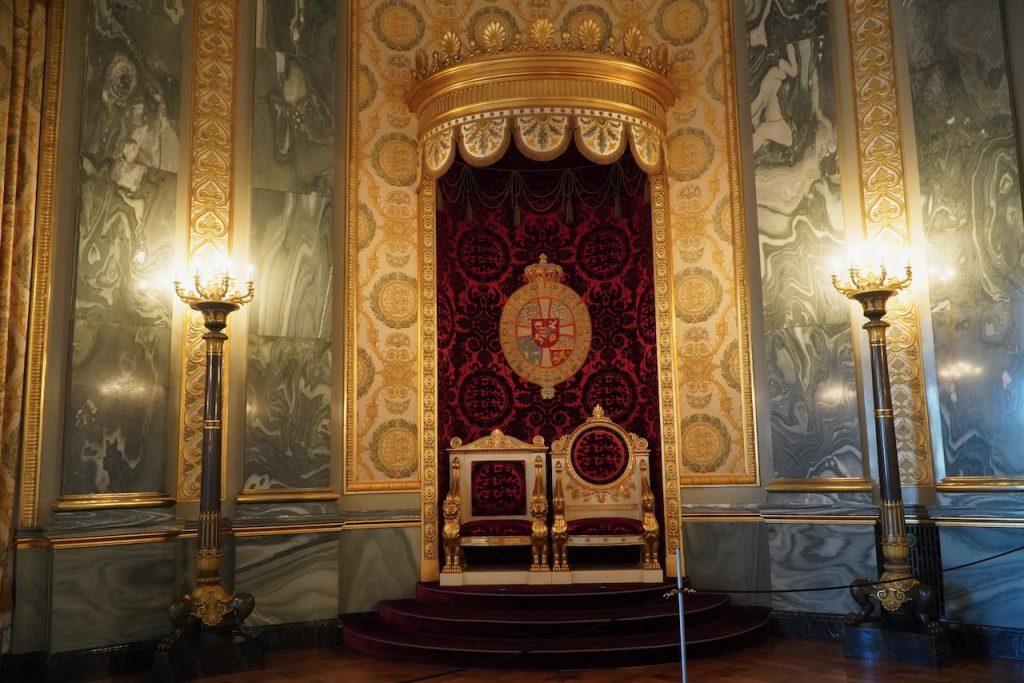
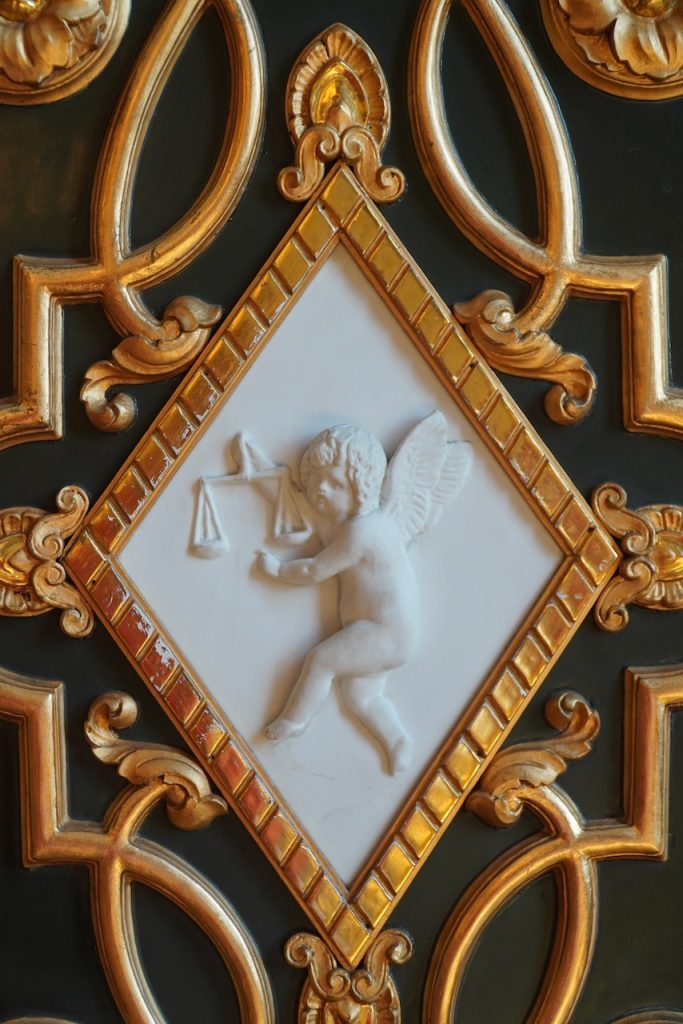
The stable was the real surprise – I didn’t expect to see actual horses in it. I figured it would be a historical artifact. They have a small museum that teaches you about the history of the original Frederiksborg horses, which came in many colors. This practice ended in the 1700s because the horses became inbred, so now, the royal horses are beautiful Kladrubers from the Czech Republic.
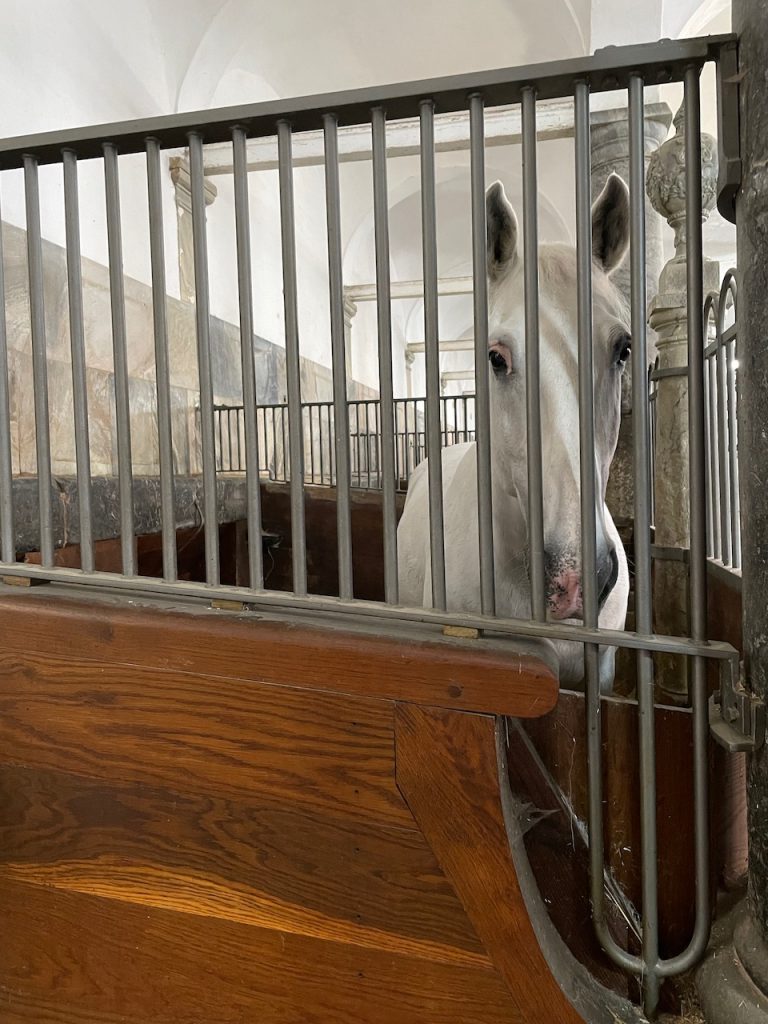
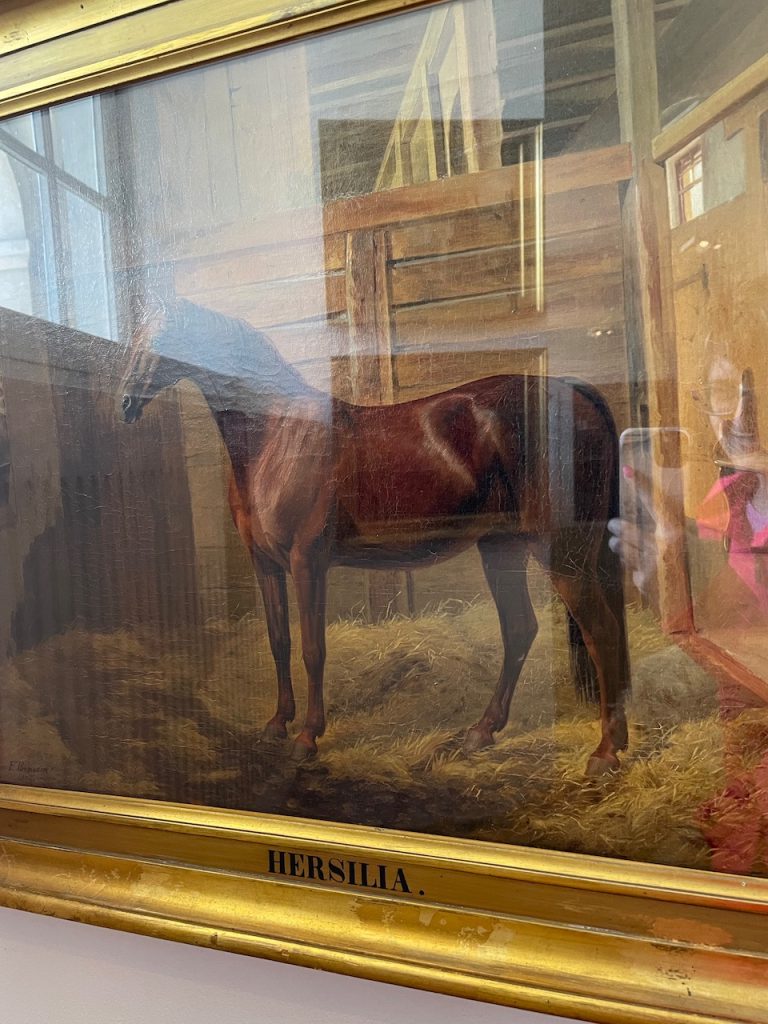
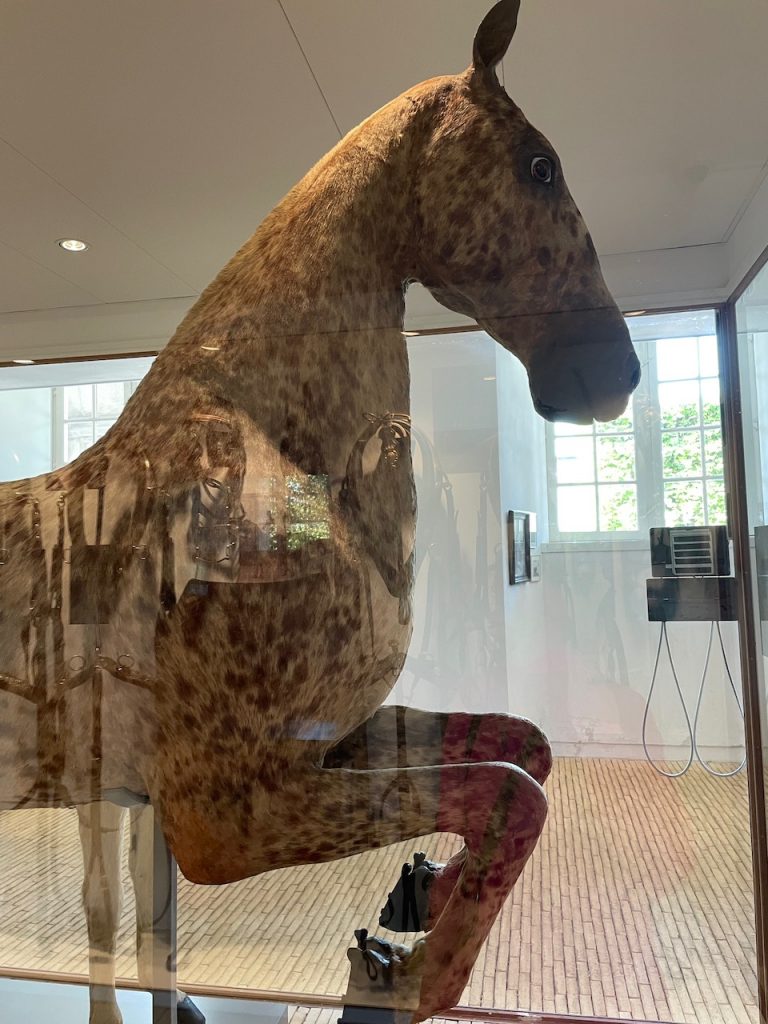
The round tower was on our way back home and it’s included with our Copenhagen card. This tower was one of Christian IV’s many building projects in the city. It was built as an astronomical observation tower and is part of a complex that has a church and a university. The tower was also originally home to a library, but now it’s got a little historical center where you can read about the university and church.
To ascend, you must go round and round its big ol’ spiral corridor – if you want to be fancy, it’s called a helical corridor. The corridor was built so that horses and donkeys could traverse it. Now, it hosts a unicycle race up and down it in the spring (the more you know).
You have to go up a few stairs to get to the lookout at the top, which offers a nice view of the flat city.
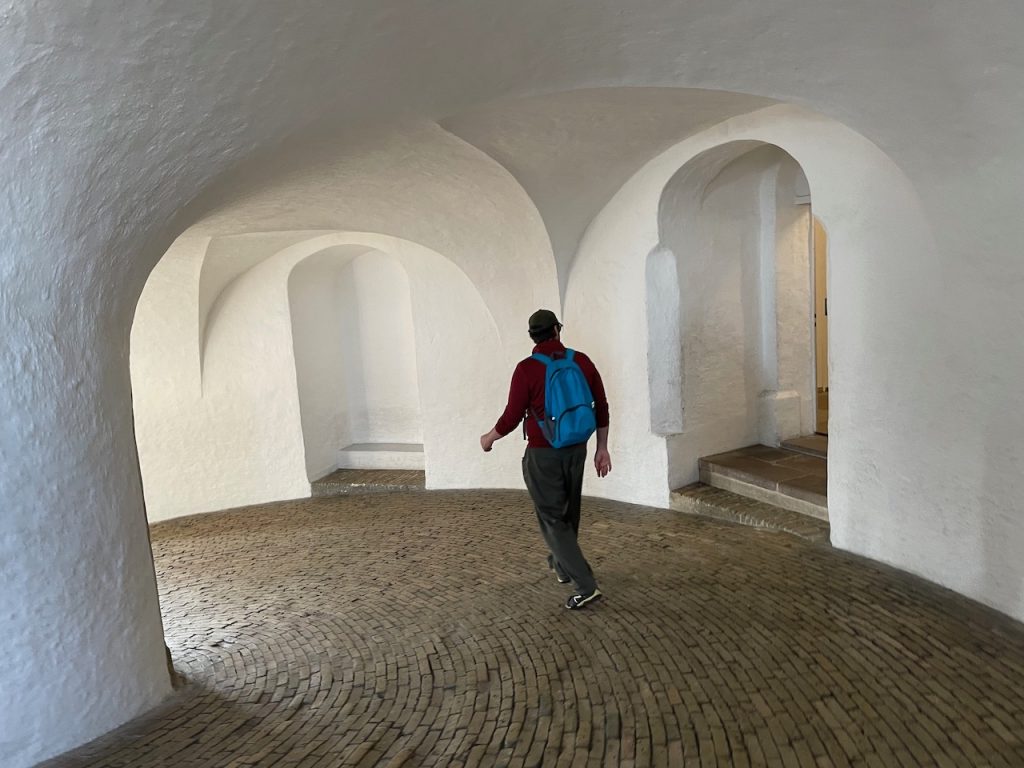
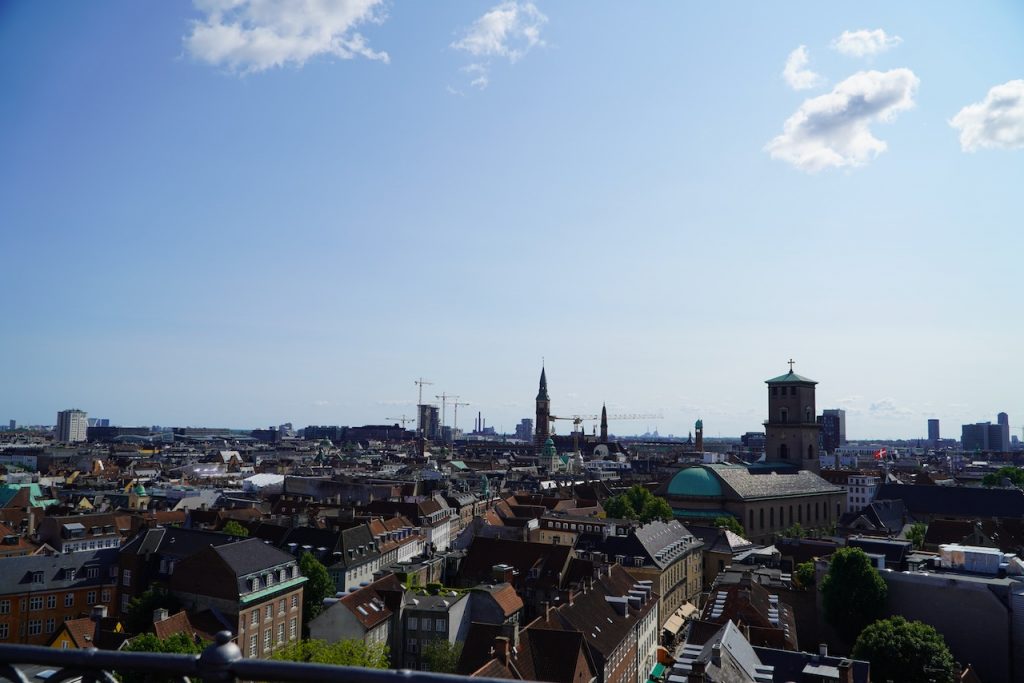
Tomorrow: viking ships!
